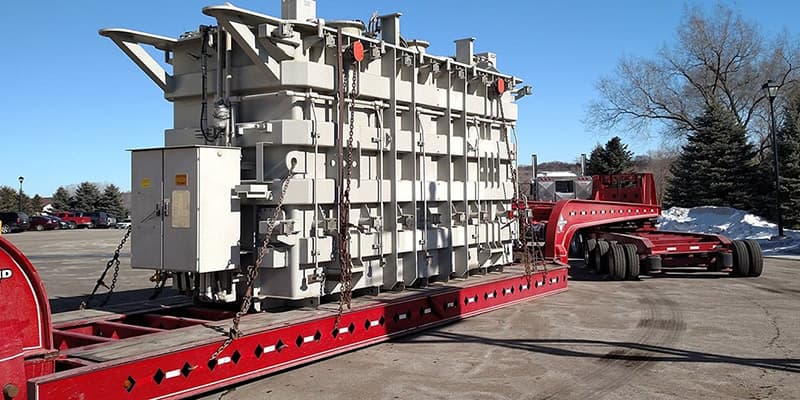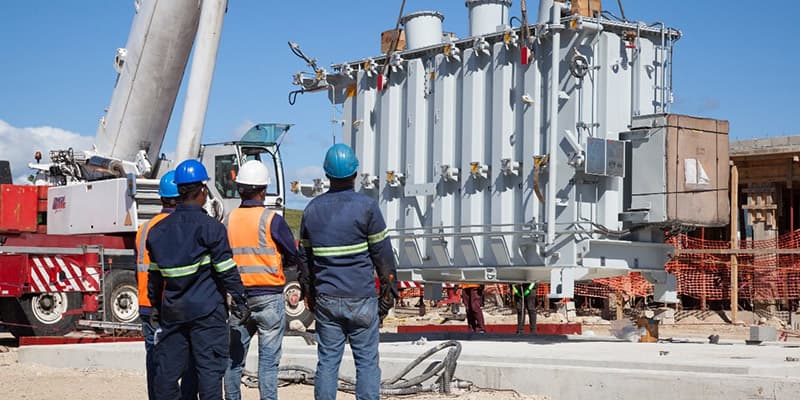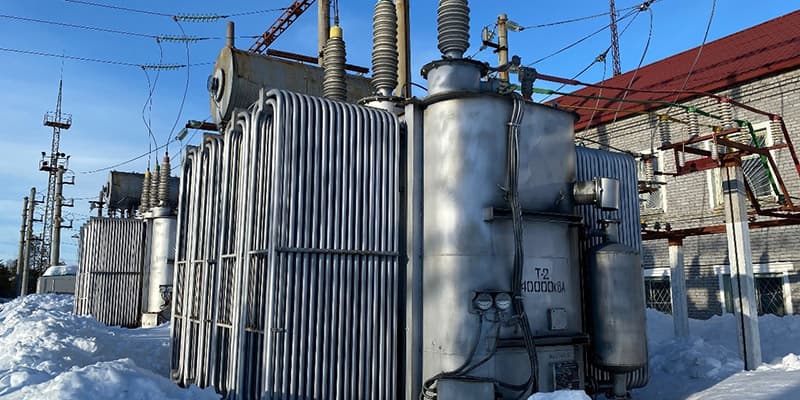Why You Should Remanufacture Your Substation Transformer
Sometimes you say “they don’t make ‘em like they used to” and you look happily at today’s products. Nobody wants a 1980s-era heavy and expensive TV set or a mobile phone from 1990 (bolted to your car, were they even “mobile?”).
But if you could travel in time and look at a substation transformer from the ’60s, you’d wish they did make ’em like they used to. Decades ago, substation transformers were designed and built differently than today’s new transformers. Prior to the use of modern computers and optimization programs that perform thousands of iterations to take every ounce of “excess” material out of the transformer, design engineers tended to design with higher safety margins, resulting in lower day-to-day electrical stresses than what is frequently found in new “optimized” designs.
If your decades-old transformer is showing signs of failing, you can transport it back in time and make it as good as new by remanufacturing it. It’s often a better option than buying a new one and a more long-term solution than simply reconditioning it. By remanufacturing your solidly-built transformer you’ll get all new copper and a new insulation package.
The Best of Vintage
Having a transformer remanufactured involves reusing the components that can be fixed and updated, and adding new copper wiring, insulation, and oil. The result is a good-as-new transformer built with a solid, vintage tank and core. And “vintage” means a steel tank that’s thick and was designed to last for decades, not one designed with today’s thinner cost-saving steel.
Save Money and Time
Depending on the condition of your transformer, a variety of components can be reused; you may not need to pay for new radiators, bushings, or a new steel core and tank. By keeping the best components, remanufacturing saves you both time and money. Any parts that cannot be reused are replaced with new components from the same suppliers that new manufacturers rely on. And the remanufacturing process always involves new copper windings rewound with current insulation technologies, all designed and installed to meet your voltage requirements. With Jordan Transformer you also get credit for the old copper in your transformer because it can be recycled.
Actual cost savings—remanufacturing vs. the alternative of new—vary depending on the specific transformer size. It’s not unusual to save hundreds of thousands of dollars when remanufacturing a substation transformer instead of buying new.
Your time savings can be up to six months or more. A range of factors—from supply-chain issues to manufacturing delays—has caused significant delays in the assembly and delivery of new transformers of all sizes, whether pole-mounted or substation transformers. Some transformer manufacturers are backlogged 18 to 24 months. But by reusing the existing tank and core, the design process is simplified, and your good-as-new transformer can be delivered to you months earlier compared to ordering new.
Plus, a remanufactured transformer can be put back into service with minimal design changes. The design process alone on a new transformer can add months to the process, as the utility company and manufacturer discuss things like the transformer’s footprint and bushing locations. When you remanufacture your existing transformer, it will fit perfectly into its original location.
It's important to note that remanufacturing a transformer does not mean making 1960s era equipment as good as it was in 1960. Remanufacturing uses the best from the original–namely the tank and core– while repairing or replacing components to today’s standards.
Jordan Transformer has decades of experience remanufacturing transformers. Each one we work on undergoes through testing according to the latest IEEE standards in our facility to ensure it meets your required specifications standards. Please contact us if you have questions about the process or are ready to make the strategic decision of remanufacturing your transformer.
.png?width=295&height=96&name=Untitled%20design%20(8).png)




